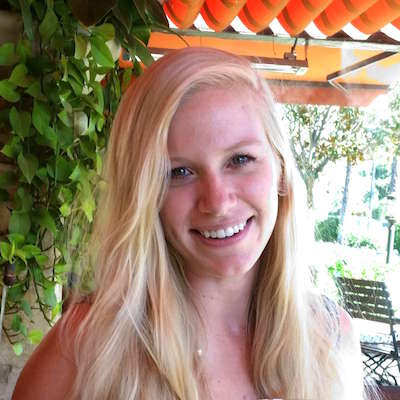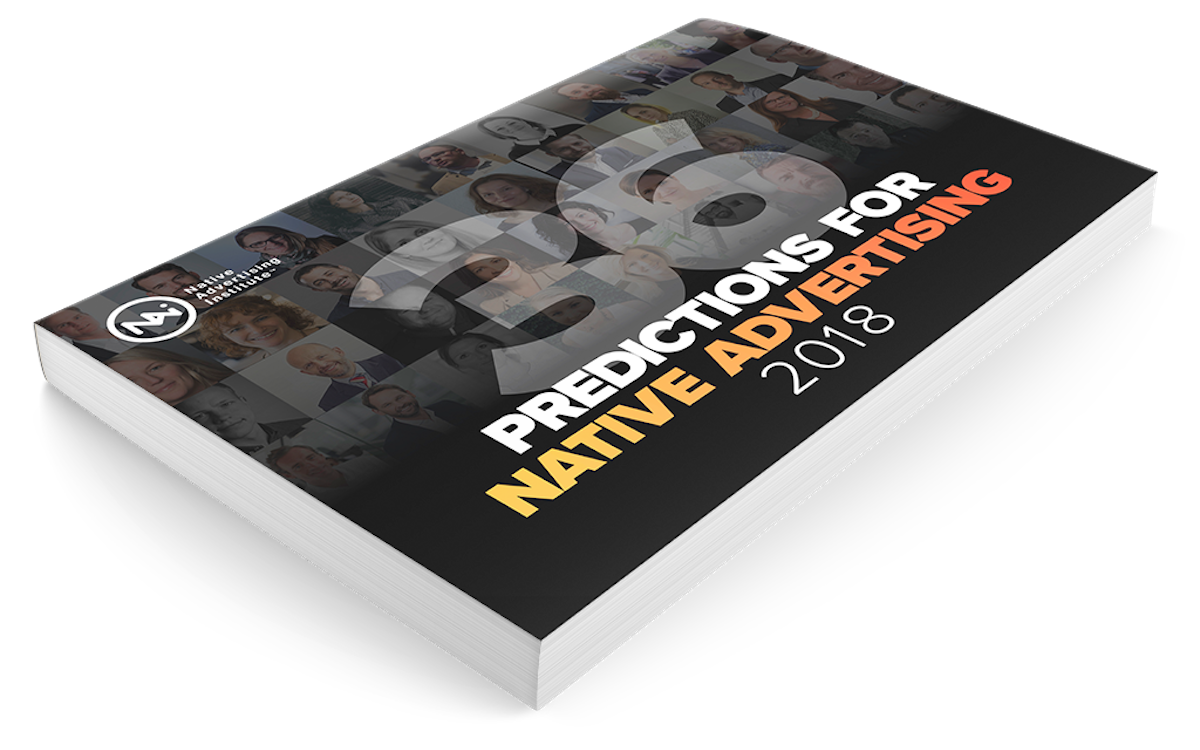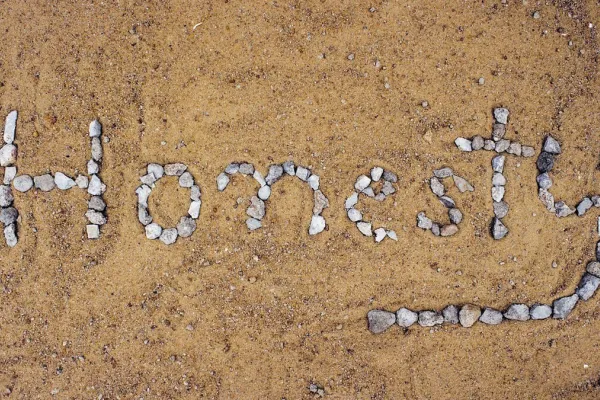 Details
Details


By Rachel Zalta & Stephanie Knipprath
Content Strategist & Content Strategist Intern at Taboola
Connect
Have you ever read the lyrics to a familiar song and found it hard not to start singing the melody? Lyrics and music are actually so intertwined that even if our brains process the words and melody of a song separately, we almost can’t experience them separately.
When those lyrics are paired with a native advertisement, even in print, suddenly the entire song is stuck in our head as if by magic. Yet, it’s far from magic—it’s science (Nunes, Ordanini, & Valsesia, 2015).
If you’re like most brands, you’ve probably used lyric schemes in your marketing strategies.
We took a look at our successful strategies—terms such as "jingle bells" and "silent night" grabbed the attention of audiences.
Lyric schemes are easy. And they often work!
Did you know there's a science behind why they appeal to you and why they speak (or sing) to your audience?
The Taboola creative team is working with our account managers to understand why some strategies are firecrackers and others fizzle. Since the holidays seem to make the air thick with songs, we recently played with some lyrics schemes.
RELATED: Native Advertising That Works? 3 Takeaways from Award-Winning Examples
We took a look at our successful strategies—terms such as "jingle bells" and "silent night" grabbed the attention of audiences.
For example, in one recent campaign selling a makeup product, one of the headlines used words from James Taylor’s ‘You’ve Got a Friend.’ This headline was the top performing headline in the campaign, receiving more than double the click-through-rate (CTR), and the advertiser saw an 86% higher number of purchases from this headline!!
When a problem is straightforward and less puzzle-like, it appears more believable because our brain can solve it more smoothly.
Music affects how viewers perceive the brand
Music in native advertising affects the way viewers perceive the brand by different means and on different levels.
For one, the repetition in lyrics lends itself to what is called processing fluency which means that our understanding of something becomes faster, more accurate, and requires fewer cognitive resources than something presented to us without repetition in a lyrical text (Alter & Oppenheimer, 2009).
One way to picture the difference between something with low processing fluency and something with high processing fluency is to think of a 1,000 piece puzzle versus a simple three-piece one.
RELATED: From Content Creation to A/B Testing: 5 Native Advertising Tips to Brands
One uses more brain power, and the other one is much less baffling. When a problem is straightforward and less puzzle-like, it appears more believable because our brain can solve it more smoothly.
We recognize a song we love, but we also nod our head along with it. Now we're primed for a good product experience.
Still sceptical?
Our brains love a good rhythm and song lyric combination! So much so that recognizable song lyrics can significantly affect the emotional response to television commercials (Bruner, 1990)
Rhythm is so important to our survival that we recognize and identify patterns automatically, and our brains reward us for doing so (Mattson, 2014). They deposit the pleasure chemical, dopamine, in our brains when we recognize familiar song lyrics and catchy rhythms. One study shows us that these little bits of dopamine massage our brain's pleasure centre (Chou, & Lien, 2010).
REALTED: Using Data Is a Good Way to Win Awards
Our reaction to melodic advertising jingles are also indicative of how we feel about the content—in other words, if we like the song, we’ll like the info we’re seeing as well (Gorn, 1982).
Think about this like ordering a dish at a restaurant; when something beautiful arrives, the look of the meal translates in our mind to how delicious it tastes and it’s perceived nutrition. When we don't know if an advertisement is accurate, our brains let the beauty and aesthetics of it dictate our decision.
We recognize a song we love, but we also nod our head along with it. Now we're primed for a good product experience.
Like these ads from Froot of the Loom.
And Coca-cola.
Using different musical genres in creatives helps draw an audience that’s interested in a particular product or piece of content.
Melodies help you target specific groups
Using different musical genres in creatives helps draw an audience that’s interested in a particular product or piece of content. Musical lyrics and audience targeting go hand-in-hand—if a client wants to make their target demographic feel special and included.
For example, Timberland boots have a definite cultural following and an audience demographic that prefers them over other footwear. To speak to this younger audience, you might choose lyrics from a hip-hop artist to make the marketing feel exclusively made for them.
RELATED: 3 Things You Need to Know About Your Audience to Create Perfect Native Ads
We sometimes use age groupings or gender groupings to appeal to a specific audience; using lyrics is just another creative way of doing that.
When chosen thoughtfully, these words have the power of plucking the awareness of only the group for whom clicks are more likely to turn in to actions. Furthermore, culturally-relevant content can help create a bond between a target audience and the brand, which is why it's important to choose appropriate musical influences for each specific audience (Chang, Chieng, 2006).
Interestingly, we don't have to be persnickety about exact rhyming song lyrics. For instance, the word "blue" rhymes with "true" but we know that audiences will also accept "you."
Like in this example. Fun, right?
This strategy tugs hard at the heartstrings of audiences, and it doesn't have to be utilized just around the holidays; it works any time of year. If you want to stand out from the crowd, you might want to employ a lyrical strategy when you anticipate audience engagement might need a special boost.


